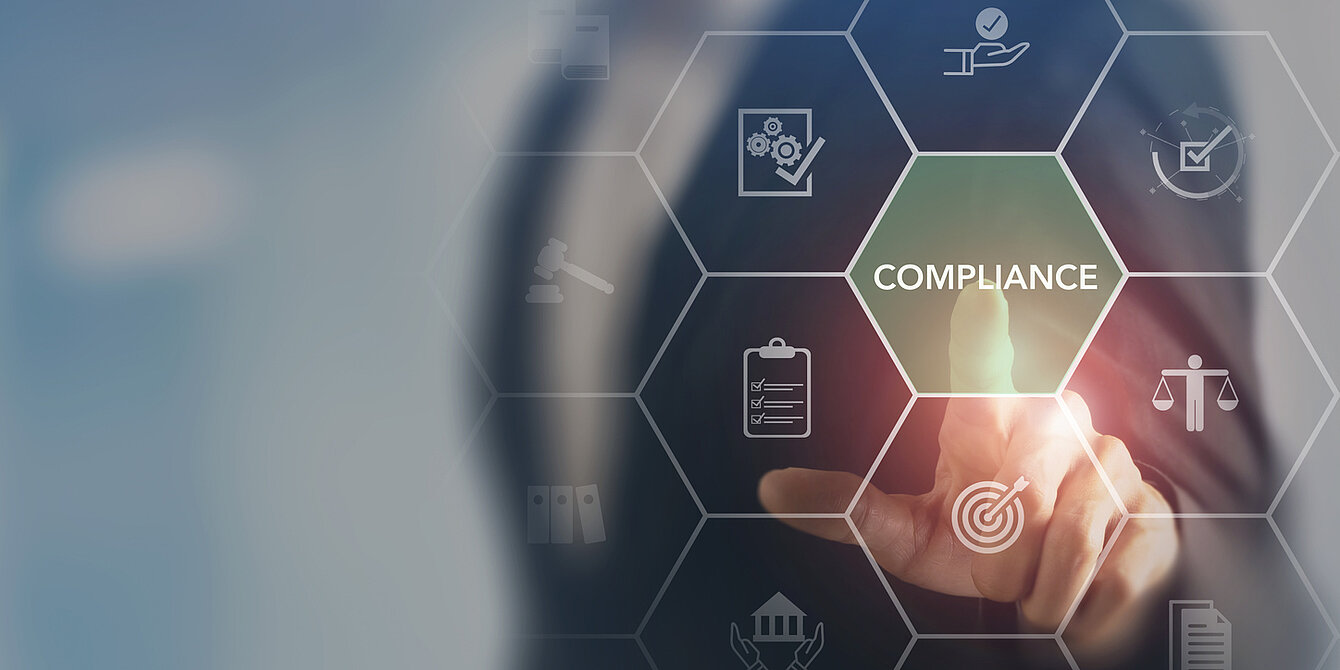Long awaited and widely followed, the recommendation paper MDCG 2022-21 «Guidance on Periodic Safety Update Report According to Regulation (EU) 2017/745 (MDR)» was published shortly before the turn of the year 2022/2023. Dr. rer. nat. Timo Weiland summarizes the lessons learned from the paper.
Medical device safety is a cornerstone of the MDR?
Already in the recitals to the MDR, the European Parliament and the Council of the European Union state, that manufacturers are obliged to set up a quality management system as a tool to monitor the behavior of a medical device in regular use. The aim of this post-market surveillance (PMS) system is to decide on the necessary measures to ensure the safety of patients and users. The data basis for this is created through the systematic and active collection of application experience from a wide variety of sources.
This is not new, as the MDD and EN ISO 13485 already required the maintenance of a corresponding PMS system.
PSUR as a channel of communication
However, the best data collection is of only limited help if the results are not prepared accordingly and passed on transparently to the interested parties. These are, on the one hand, the authorities and notified bodies, which are adressed by the „regularly updated safety report“ (PSUR). On the other hand, the public – or the responsible patient – is informed via the Summary of Safety and Clinical Performance (SSCP).
Consequently, in accordance with Article 86 of the MDR, the PSUR summarizes the results and conclusions of the analysis of PMS data collected over a defined period of time in accordance with the PMS plan.
The PSUR
- is a snapshot of the actual safety and performance of the device,
- evaluates a possible change of the benefit-risk profile,
- gives information about CAPAs and
- compares the intended purpose and of the device qualitatively and quantitatively with the real-world application and the included patient population
The structured information of the notified body and the authorities about the device behavior in real-world use requires a uniform, standardized and systematic presentation of the PMS data by the manufacturers of devices of classes IIa, IIb and III.
Structured PSUR creation according to MDCG 2021-22
We have already discussed Article 86 in a detailed manner in the Fachbeitrag der Gesundheitsindustrie BW.
Now, however, the manufacturers have been left somewhat alone, since apart from the legal requirements of Article 86, no further information has been provided as to what exactly such a structured summary of the data is supposed to look like.
Manufacturers and service providers such as novineon CRO GmbH have become active independently and have come up with pragmatic solutions for fulfilling the PSUR obligations.
The MDCG 2022-21 document takes this into account. It states that manufacturers should be given sufficient time to adapt their QM system. It is also not (yet) expected that PSURs that have been prepared or are in the process of being prepared will fully comply with this MDCG document, as long as they comply with Article 86.
However, words of warning are in order. It is not clear how the notified bodies will interpret these this recommendation by the MDCG. In any case the adaptation of the „own“ PSUR structure to MDCG 2022-21 will be necessary in the future.
Topics to be covered by the PMS and the PSUR
The range of PMS data to be collected and the level of detail mainly depend on:
- the type of the device,
- period on the market,
- previous PMS experience.
For detailed questions when, for which product, with which data a PSUR has to be created, novineon refers to the presentation at the virtual lunch. Here, we would like to summarize the important points with regard to PSUR creation.
- The PSUR should be structured and documented in a clear, concise, searchable, and unambiguous manner and include an executive summary
- Independently readable document, yet only with a summarizing character without unnecessary details.
- Marketing claims are part of the technical documentation and must also be aligned with the clinical evaluation and instructions for use.
- Standardization: the template of MDCG 2022-21 is to be followed step by step as far as practicable. Therefore, pay attention to each section and justify missing sections.
- Assignment of a PSUR reference number and consecutive version number - with regard to the data collection periods: care must be taken to make these consecutive without gaps and transparent.
- Definition of a „leading device“ in the case of a product group
- Setup of the required data structure on sales volume and complaints in accordance with the MDCG 2022-21 template, as far as practicable.
- Justify the selection of sales units or granularity in respect to variants and infer an estimated user / patient population size.
- Discussion of each anomaly with the inclusion of appropriate measures
- Make a clear statement as to whether the positive risk-benefit ratio is still given
In the end, the legislator is interested in a transparent approach and the development of a continuous database with the possibility of comparison between clearly defined, bordering data collection periods.
The entire process of PMS should not be designed from the PSUR perspective. The PSUR is a periodic compilation of data. However, the process of PMS is a continuous matter, which must be designed in such a way that deviations can be detected and countermeasures can be initiated quickly.
Dr. rer. nat. Timo Weiland
Director Research & Development, authorized representative
timo.weiland@novineon.com
+49 7071 / 98979 - 123



